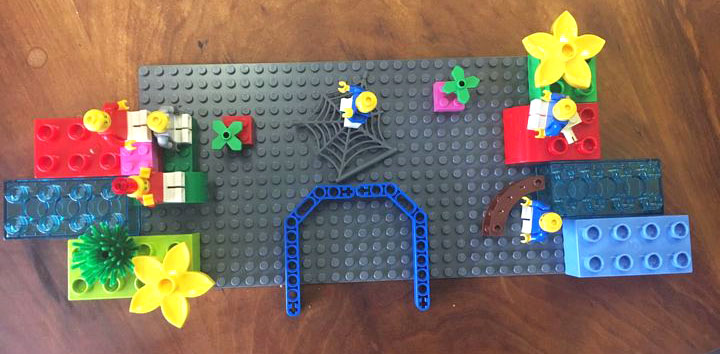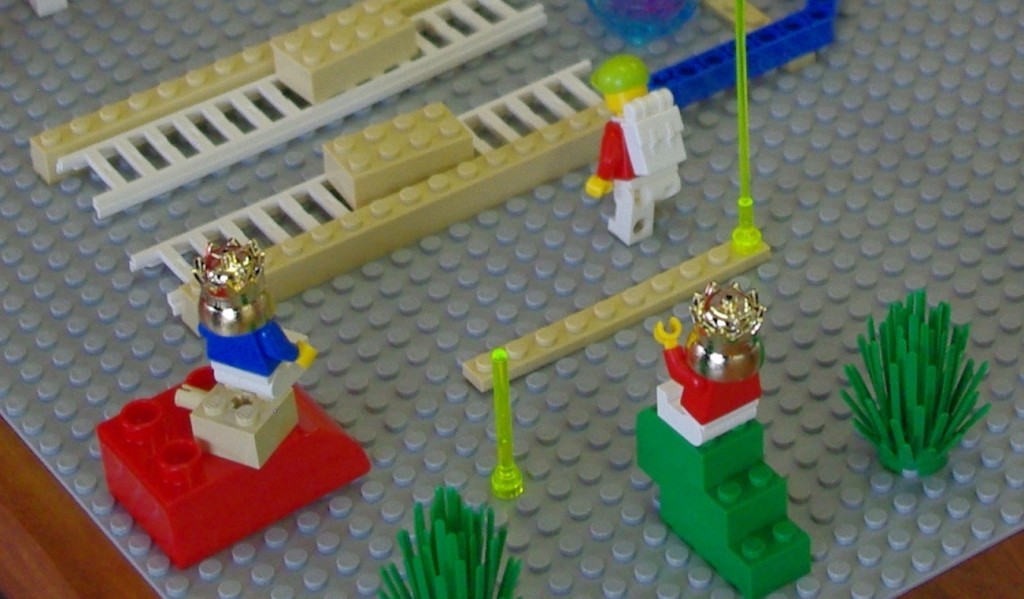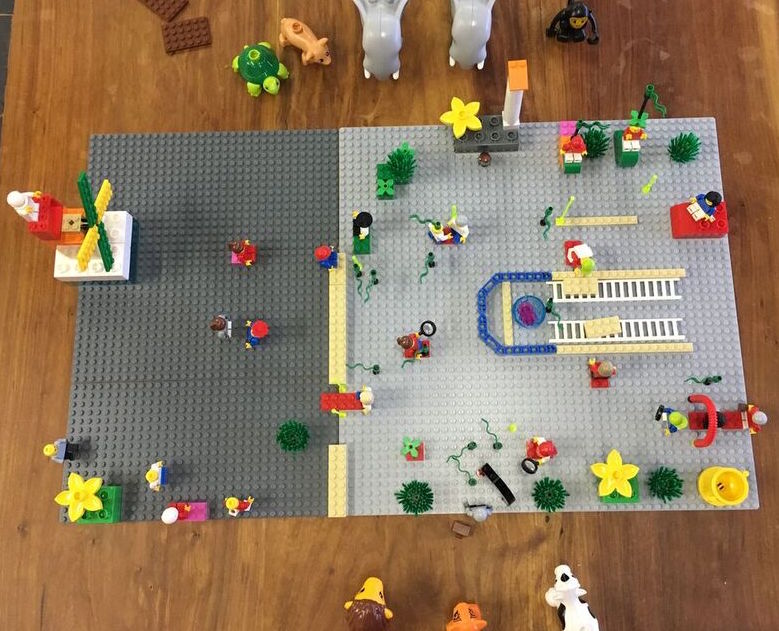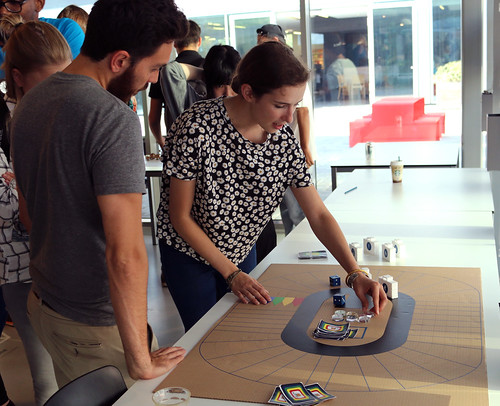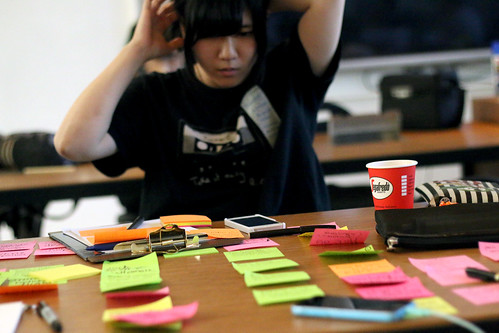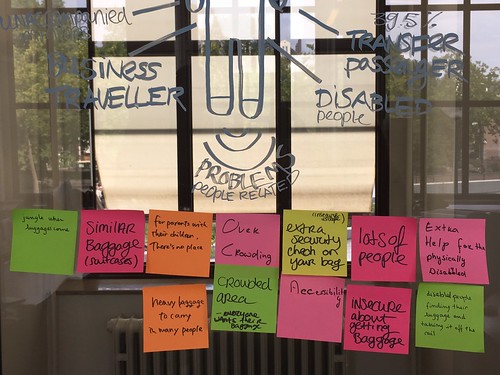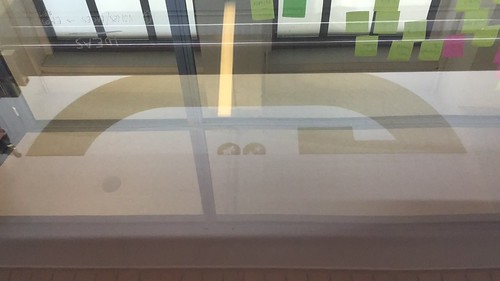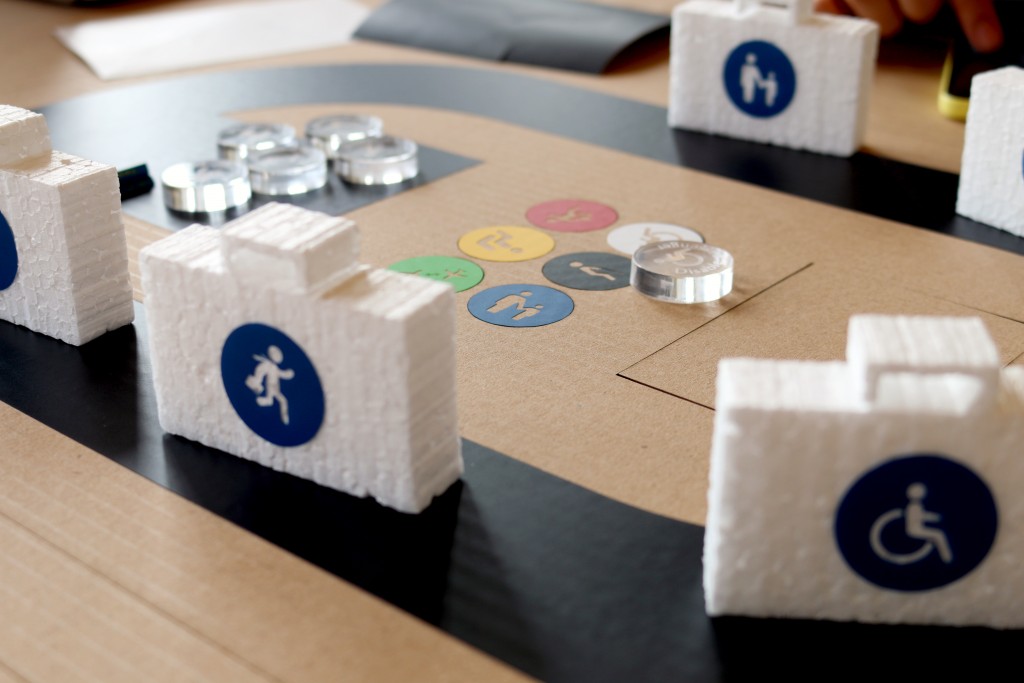“ To design interventions : start small, observe, analyze and iterate ”
The past few weeks, we focused on the passengers automatic behaviour of crowding and how to disrupt it. The first step was to determine the current situation by mapping the passengers movement within the reclaim hall
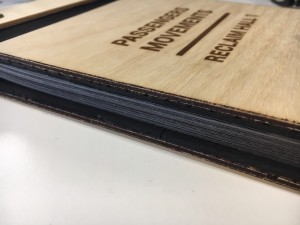
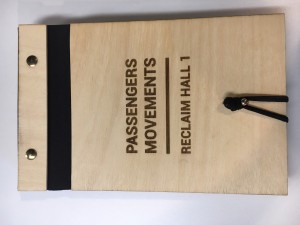
Through this observation, few behavioral patterns were underlined. The first is the fact that the passengers try to avoid the bigger crowd when they crowd around the belt. Also they tend to make micro lines as soon as the baggages arrive at the belt. We observed that when a amount of passengers have already received their baggage the remaining part, gets very anxious and start overlapping each others field of comfort.
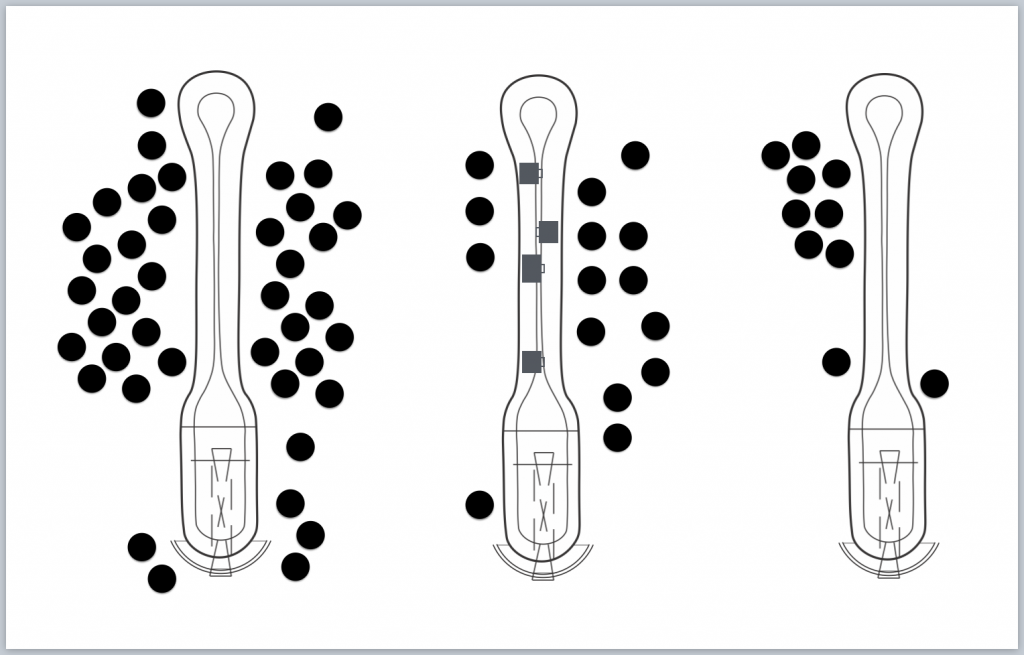 To better understand what lead individual to crowd while waiting and what this automatic behaviour triggers as emotions and feelings, we looked for previous researches on the subject. One of the main findings was that every individual has a field of comfort and a field of influence. The field of influence acts like a magnetic field which attracts individual when their field of comfort overlap. If the field of comfort is independent of the field of influence of another, theres no interaction. And if to much field of comfort overlap, it creates uncomfort and anxiety.
To better understand what lead individual to crowd while waiting and what this automatic behaviour triggers as emotions and feelings, we looked for previous researches on the subject. One of the main findings was that every individual has a field of comfort and a field of influence. The field of influence acts like a magnetic field which attracts individual when their field of comfort overlap. If the field of comfort is independent of the field of influence of another, theres no interaction. And if to much field of comfort overlap, it creates uncomfort and anxiety.
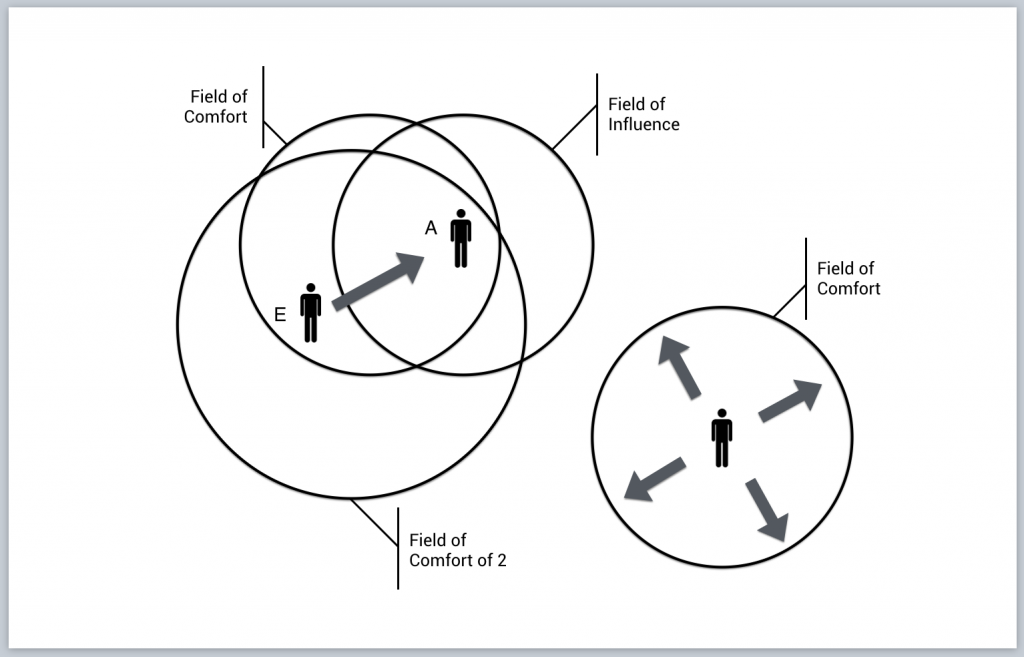 As a result of this literature review, few guidelines were used to conceptualise our design interventions.
As a result of this literature review, few guidelines were used to conceptualise our design interventions.
Notably, we observed the limits of the goal we wanted to achieve : decreasing the crowd. Indeed, the reclaim area is a defined space where a variable amount of passengers transit. For those reasons, we can’t decrease the crowd, we can only organise or entertain. As a follow up we did a boundary shifting exercise to come up with different angels for prototyping a solution.
https://medialabamsterdam.com/toolkit/method-card/boundary-shifting/
We have used the method by individually search for settings where design interventions where made to adjust the urban or personal setting of a space to enhance the experience.
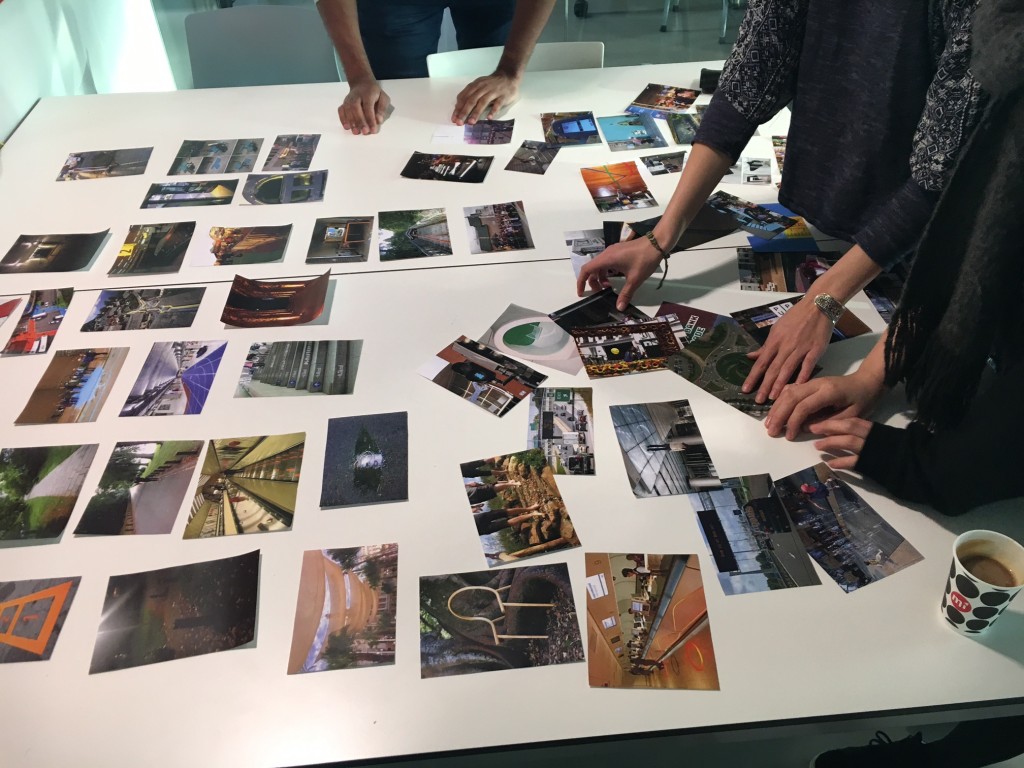 Because we can not test our ideas in the reclaim area, we first started in a smaller environment where we have observed the same situation as in the reclaim area. Which is that people crowd around their main goals, since they have no direct sense of direction. This area is the kitchen of Medialab Amsterdam which is used by different people.
Because we can not test our ideas in the reclaim area, we first started in a smaller environment where we have observed the same situation as in the reclaim area. Which is that people crowd around their main goals, since they have no direct sense of direction. This area is the kitchen of Medialab Amsterdam which is used by different people.
As a first prototype we tried to suggest Medialabers to follow vinyl dots we put on the floor as signage for each main point of interest (coffee machine, sink, locker and plate). When the area was not so busy the experiment went pretty well but as soon as, the space start to be crowded or that another strong point of interest such as a grocery bag is introduced, the dot path wasn’t respected anymore.
To turn this intervention into a more persuasive one, we put lines between the dots to trace a really clear path to the point of interest. We observed that the lines were too small to be considered as a path and were more considered as a corridor.
Through interviews with users, we realised that the past experiences had a big influence on individual behavior and that the intervention should be at the same eye level as the strongest point of interest, for us, the baggage belt. In the next days, we are planning to design new interventions but this time in a real scale setting, the baggage reclaim!
Beforehand, we will also test the concepts themselves with the help of our customizable persona and see if the intervention can have a positive impact on all kind of passengers. This customisable persona is based on our past desk research and validated by our target group.
Verifying our persona with the target group to see if he can finds himself in the persona.
To be continued…



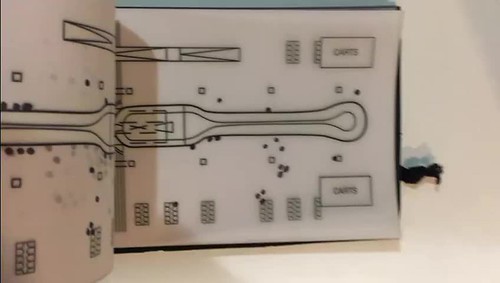
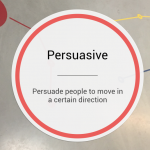
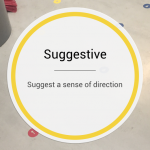
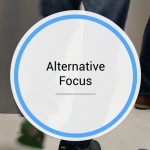
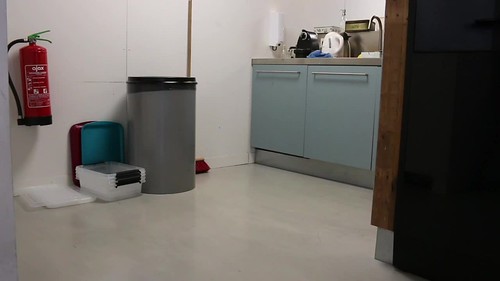

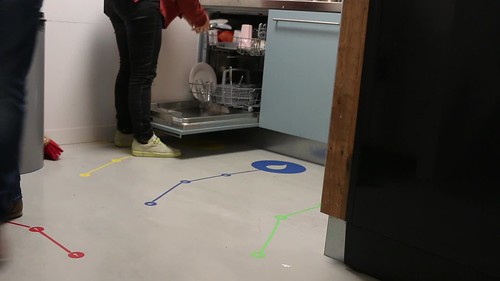
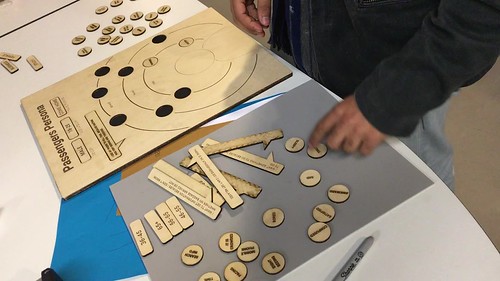
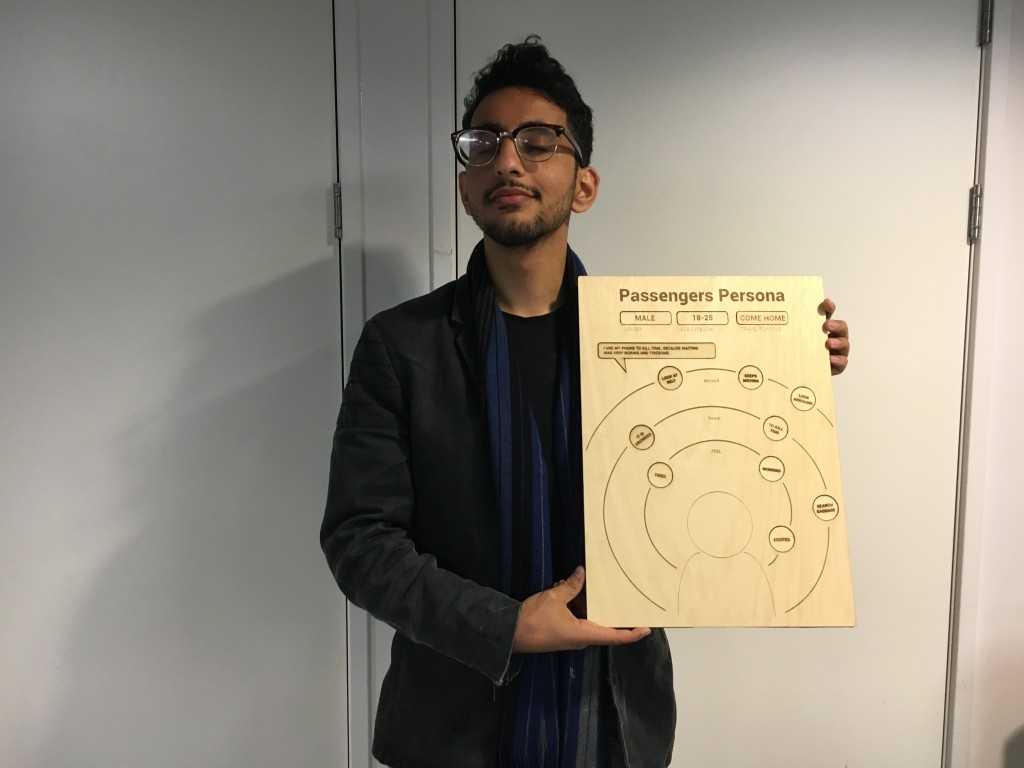
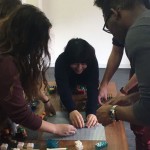
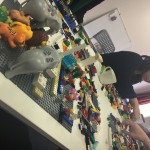
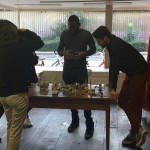
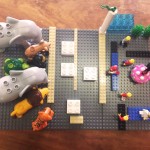 After getting to know how to work with Lego, we started by constructing individually our current vision of the baggage reclaim area. For example, Adinda put on the left side of her display animals representing passengers behaviors in the reclaim area. They are all pushing each others in order to get their baggage as fast as they can. On the right side, she made her ideal version of the reclaim area. Passengers are humans again and behaving consciously. The pink cake represents the product the team could make to enhance the passenger experience in the baggage reclaim are.
After getting to know how to work with Lego, we started by constructing individually our current vision of the baggage reclaim area. For example, Adinda put on the left side of her display animals representing passengers behaviors in the reclaim area. They are all pushing each others in order to get their baggage as fast as they can. On the right side, she made her ideal version of the reclaim area. Passengers are humans again and behaving consciously. The pink cake represents the product the team could make to enhance the passenger experience in the baggage reclaim are.